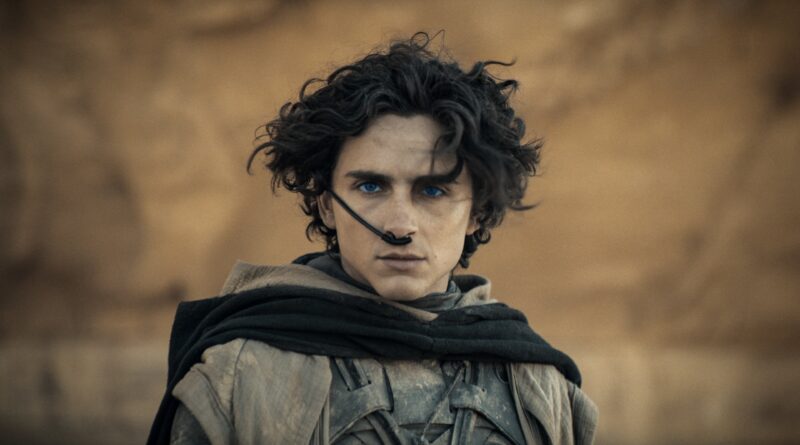Sandworms and solar eclipses: 5 things we learned from ‘The Art and Soul of ‘Dune: Part Two”
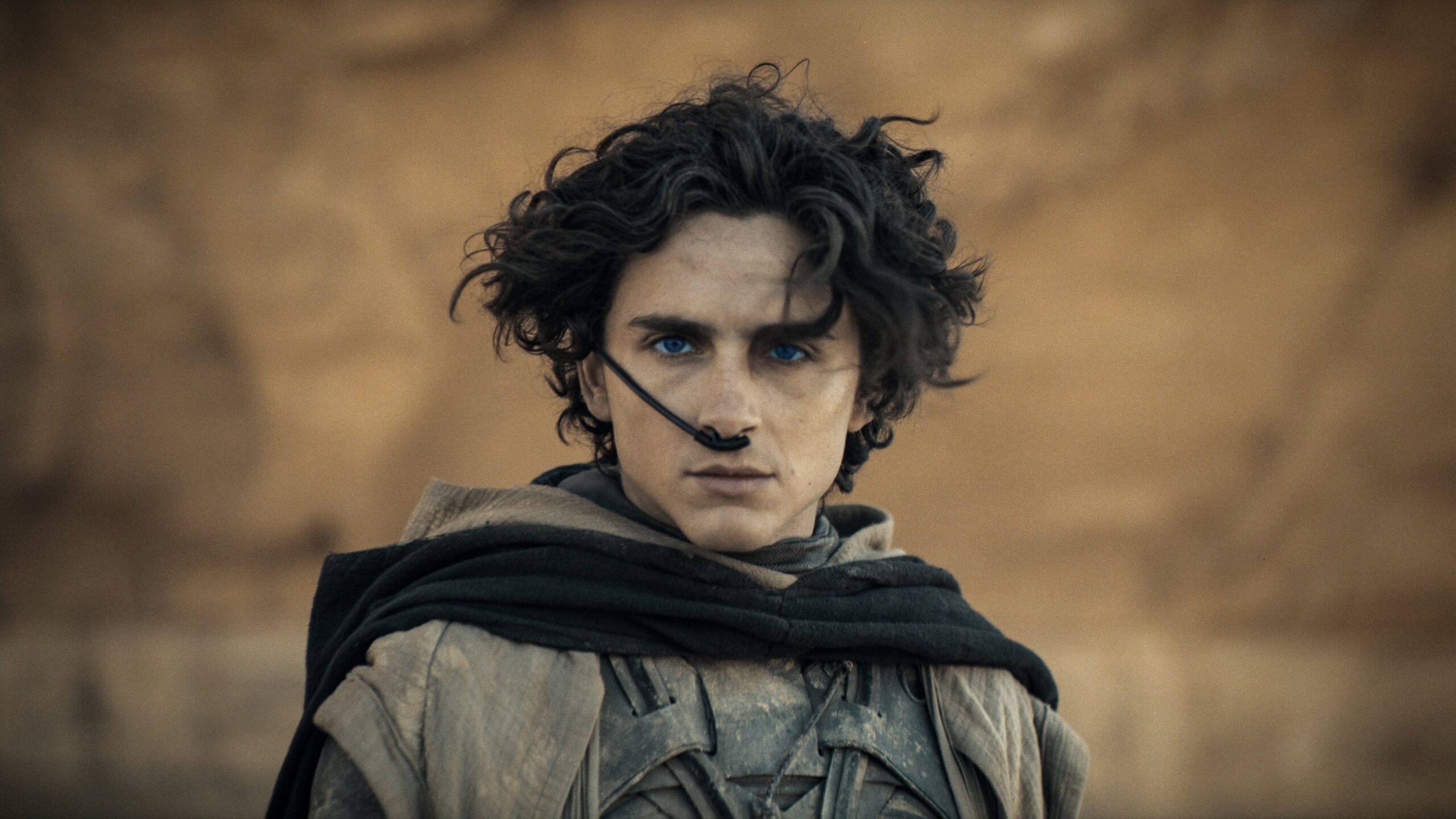
Have you seen Dune: Part Two multiple times? Do you spend your free moments obsessing over every little detail from Denis Villeneuve’s latest sci-fi epic? Then The Art and Soul of Dune: Part Two, a behind-the-scenes look at the film from Insight Editions, will be right up your alley.
Written by Dune producer Tanya Lapointe and Stefanie Broos, The Art and Soul of Dune: Part Two dives headfirst into the making of the film. Gorgeous spreads of concept art and photography abound, as well as interviewers with the craftspeople who brought the planets of Arrakis, Giedi Prime, and more to life. Not only will you get to bask in the visual splendor of Dune: Part Two, but you’ll learn a lot more about the movie as well. I’ve laid out five of my favorite tidbits from The Art and Soul of Dune: Part Two below, but there are so, so many more where these came from.
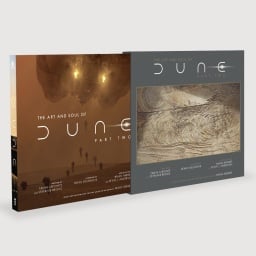
1. Dune: Part Two features a real-life eclipse.
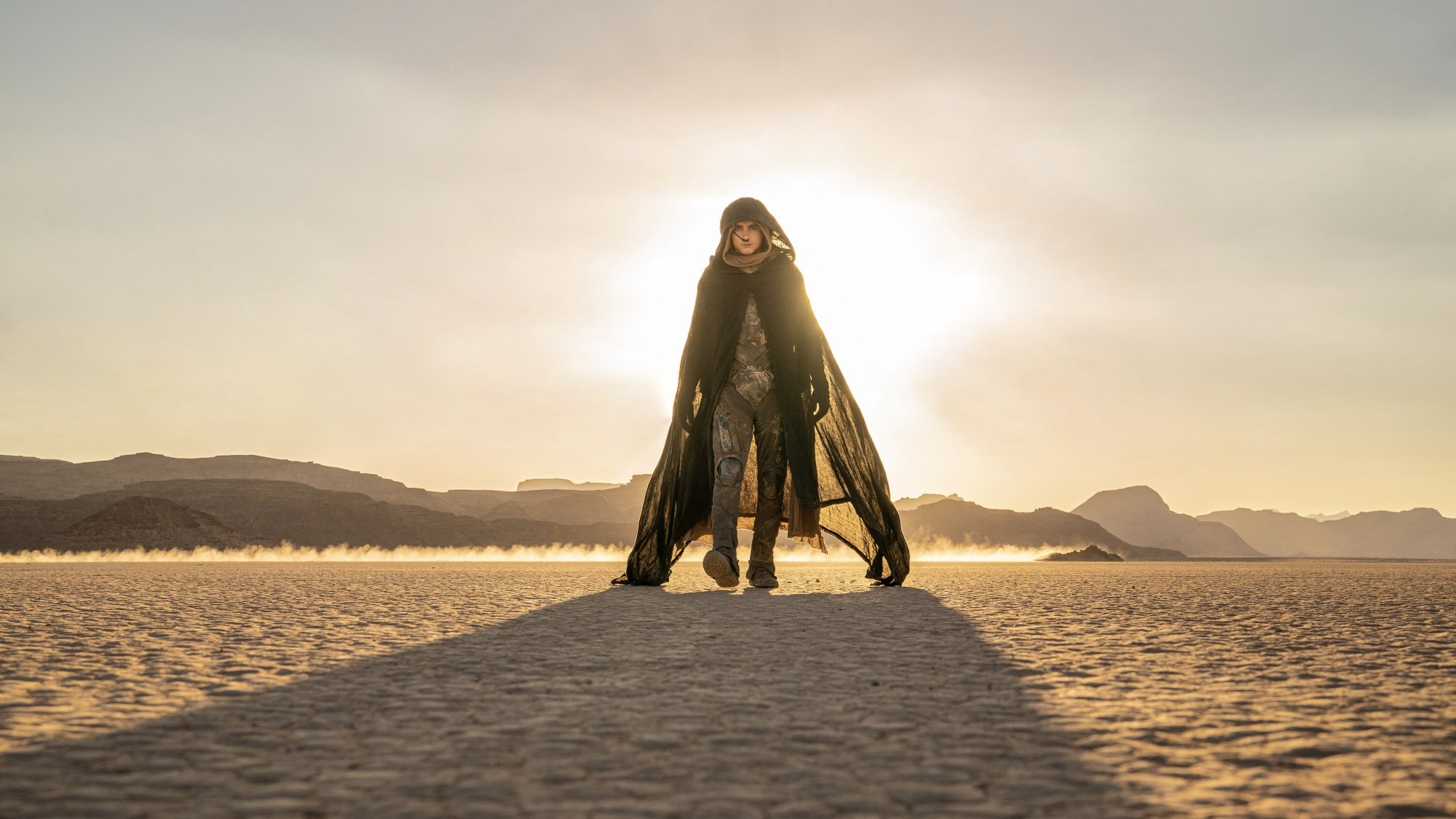
Dune: Part Two‘s opening fight scene between the Fremen and Harkonnen soldiers takes place during a solar eclipse, making for some instantly memorable orange-tinted visuals courtesy of cinematographer Greig Fraser. In an exciting twist of fate, the cast and crew of Dune: Part Two witnessed an actual partial solar eclipse on October 25, 2022. The camera crew was able to capture footage of the eclipse, which wound up in the final cut of the film. To stay true to the lore that Arrakis has two moons, visual effects supervisor Paul Lambert and his team added a second moon to the eclipse footage.
2. Inspiration for Harkonnen architecture came from unique places — including septic tanks.
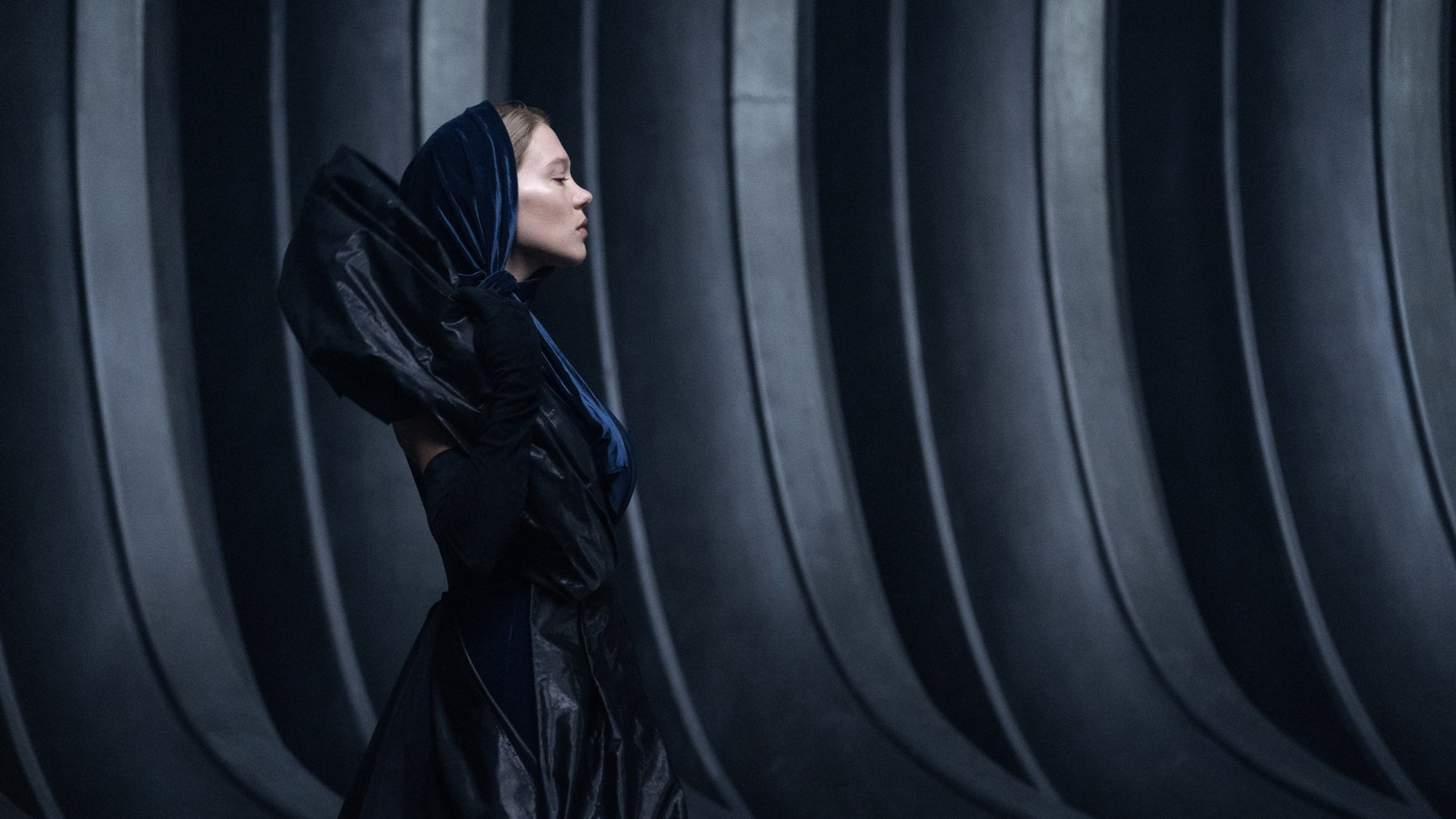
In my review of Dune: Part Two, I praised the Harkonnens’ insectoid architecture as one of the visual highlights of the film. The Art and Soul of Dune: Part Two confirms the insect inspirations when it comes to all things Harkonnen, but it also singles out one of production designer Patrice Vermette’s most surprising points of reference: septic tanks. “Black, shiny, and new,” Vermette tells Villeneuve.
The septic tank is just one of many fascinating references for the design teams discussed in the book. Others include the Sardaukar’s Excalibur-inspired swords and the Harkonnens’ inkblot-esque “negative fireworks.”
3. The baby sandworm was a practical effect.
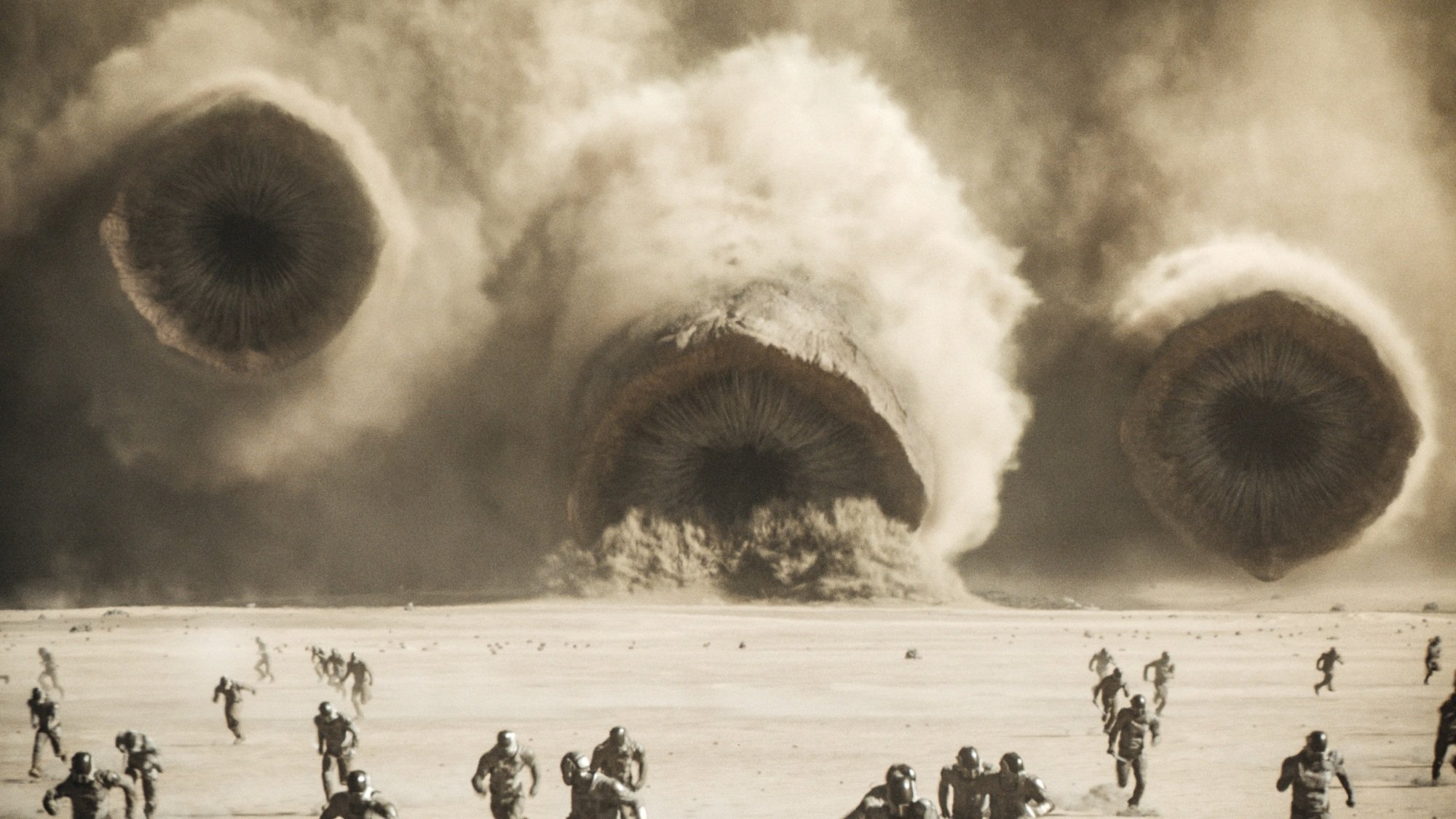
The Art and Soul of Dune: Part Two contains no shortage of sandworm goodness, including a pages-long discussion of how the film brought Paul’s first worm ride to life. Also of note is the section on the baby worm that lives in the Southern Fremen’s Maker’s Temple. While a CG worm was a possibility, Dune: Part Two ended up using practical effects, including a worm puppet.
According to The Art and Soul of Dune: Part Two, the shot of the baby worm moving through the sand was the biggest challenge for the film’s special effects team. They built the worm out of eight balls connected by a chain, then ran it under the sand on two sets of tracks — one for its circular movements, one for its straight path towards the Maker Keeper (Alison Halstead).
4. Feyd-Rautha’s gladiator fight was partly inspired by bullfighting.
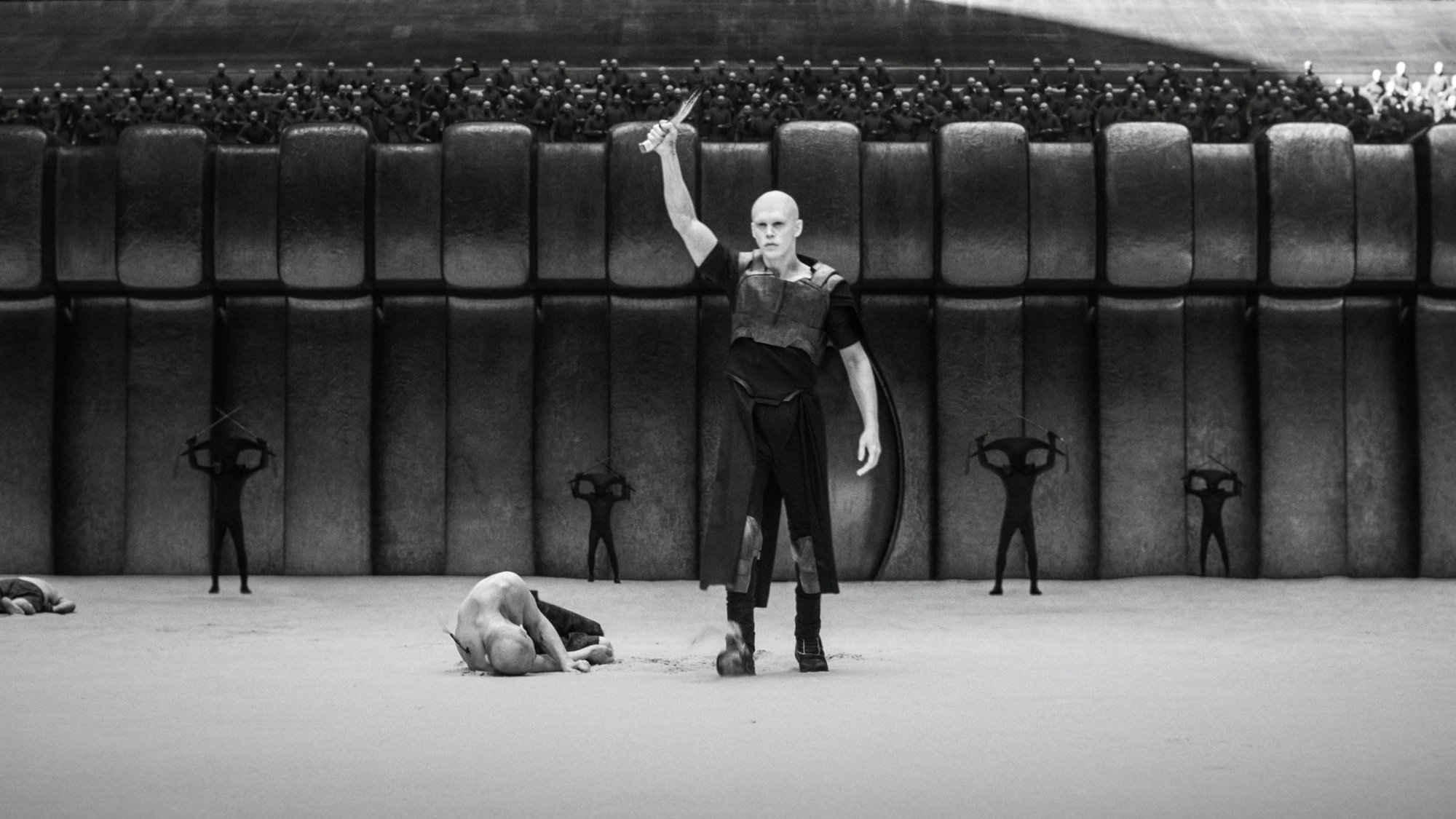
My favorite side characters in Dune: Part Two are the black-clothed Harkonnen servants with distinct curved headdresses who assist Feyd-Rautha (Austin Butler) in the fighting arena on Giedi Prime. They have their roots in Frank Herbert’s Dune as Feyd’s barb-men, but Lapointe and Broos write that Villeneuve specifically wanted picador silhouettes for these characters, “just like in bullfighting.”
The bullfighting imagery enhances the showmanship and cruelty of the Harkonnens’ war games, with the remaining House Atreides fighter Lanville (Roger Yuan) taking on the role of a doomed bull. It also ties back to House Atreides’ deeper connection to bullfighting. As discussed in the first Dune, Paul’s (Timothée Chalamet) grandfather fought bulls for sport, even dying in a bullfight. Later, Duke Leto (Oscar Isaac) walks into a treacherous “arena” of his own on Arrakis, and Paul will take on a dangerous, unpredictable enemy in his duel with Feyd. It seems the Atreides can never fully escape bullfighting, even if it’s just in the metaphorical sense.
5. Which deleted scenes didn’t make it into Dune: Part Two?
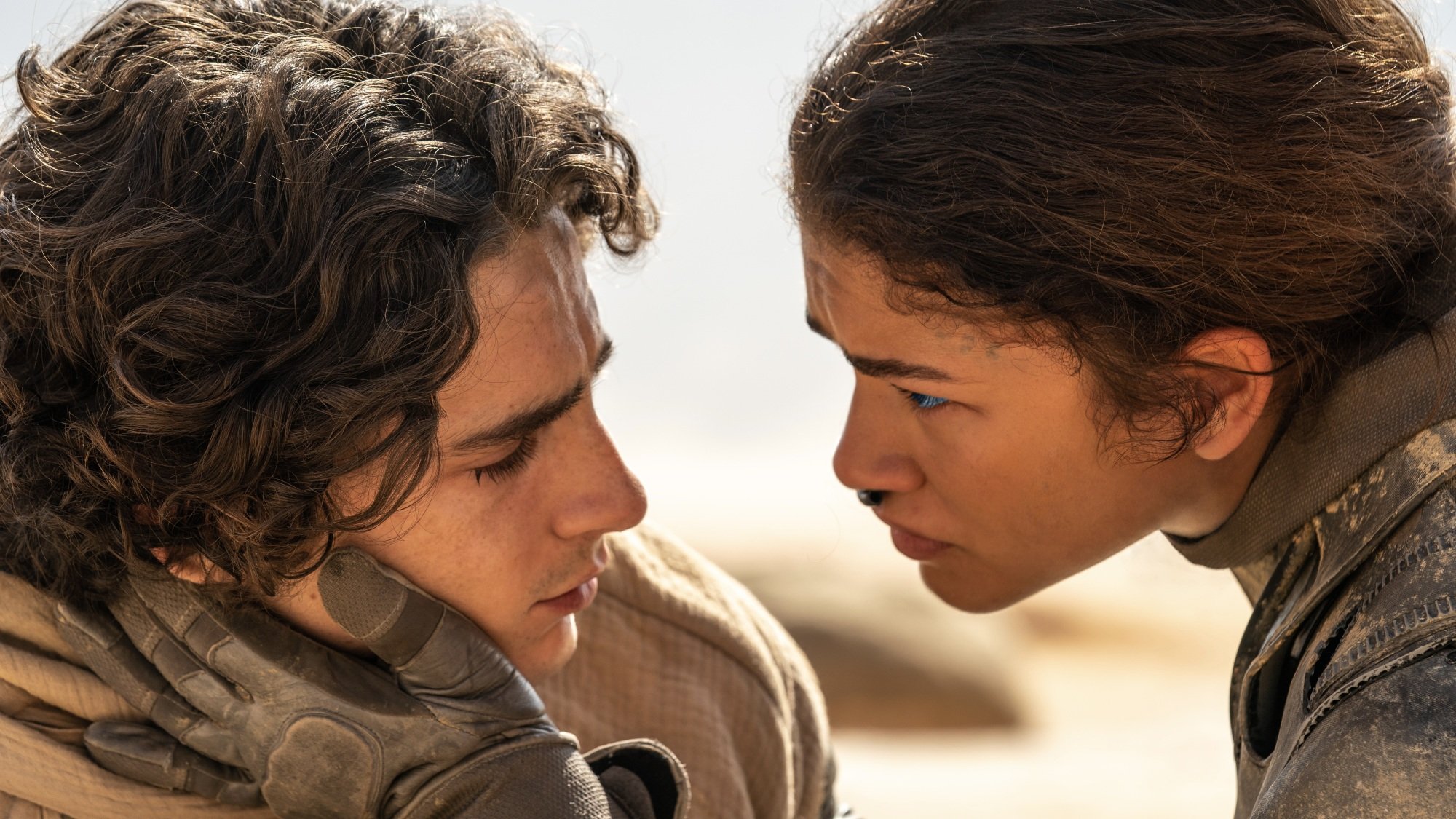
Villeneuve has said he won’t release any deleted scenes from Dune: Part Two, which include sequences featuring Stephen McKinley Henderson’s Thufir Hawat as well as Tim Blake Nelson in an undisclosed role (which some speculate was Count Fenring). The Art and Soul of Dune: Part Two also hints at other moments that were cut from the final film.
One such moment came after the funereal ceremony for Jamis (Babs Olusanmokun), during which the Fremen take the water from his body. In an early version of the scene, Lapointe and Broos write, Paul receives water rings representing Jamis’ water — a key part of Fremen culture in the novel. The Art and Soul of Dune: Part Two also showcases artwork of the water rings, along with other props used in the ceremony.
